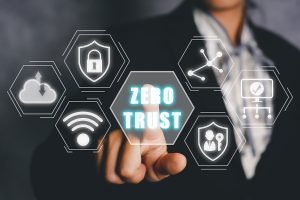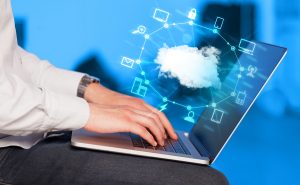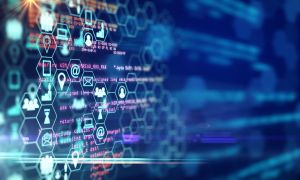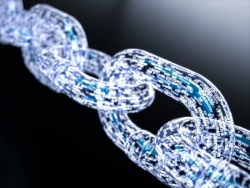
Two years following the "Cyber EO" naming zero trust as the security architecture of the future and after one year of implementing the Federal Zero Trust Strategy, federal agencies have made important progress predicting and identifying roadblocks. With the first major deadlines coming at the end of 2023, this year is critical for figuring out how to overcome identified barriers.
Resource Issues
A survey found that 35% of federal CIOs say they have "intermediate or advanced" zero trust capabilities in place, but there are concerns about having the right resources and funding to fully meet administration mandates. Nine in 10 respondents agreed a key step is having a zero trust assessment performed by an outside resource to identify gaps and key focus areas, but contracting and finding funding for this effort is difficult. With this assessment, existing resources can be assigned to the most critical and impactful areas, and the need for additional funding and resources can be prioritized. Funding specifically earmarked for zero trust will be in FY24 budgets. This funding is determined by aligning the work and tools needed across each capability area. Continue reading






